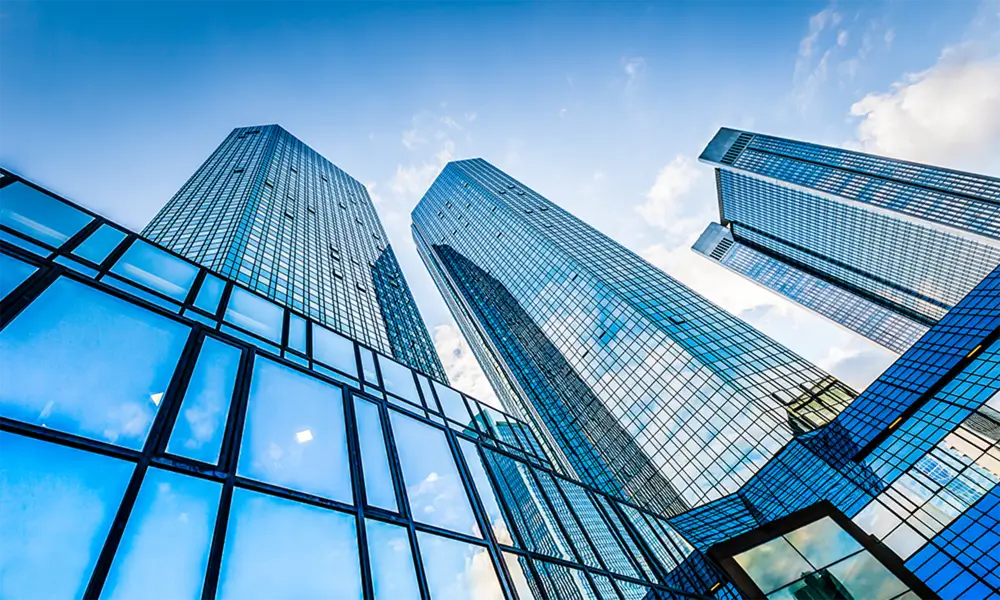

The Allure and Practicality of Reflective Glass
Reflective glass, a fascinating material imbued with both aesthetic elegance and functional capabilities, has increasingly become a vital component in modern architecture and design. Utilizing a thin metallic coating, this specialized glass reflects sunlight and reduces glare, creating a serene environment while also contributing to energy efficiency in buildings. The interplay between functionality and beauty makes reflective glass an appealing choice for architects and designers alike.
One of the primary advantages of reflective glass is its ability to control solar heat gain. In regions where the sun's rays are particularly intense, reflective glass can significantly reduce indoor temperatures, thereby minimizing the reliance on air conditioning. This not only enhances comfort but also translates to considerable energy savings. By applying reflective glass to large windows and facades, buildings can maintain a stable interior climate while also reducing their environmental footprint.
Moreover, reflective glass possesses remarkable aesthetic qualities
. With its distinctive mirror-like finish, it can transform the appearance of a building, giving a sleek and modern look. From high-rise structures in bustling urban areas to serene homes on the outskirts of towns, reflective glass adds an element of sophistication and elegance. The way it interacts with light often changes throughout the day, creating a dynamic visual experience that captivates onlookers and enhances the overall architectural design.
In addition to its aesthetic attributes, reflective glass also offers privacy without sacrificing natural light. In urban environments, where buildings are often in close proximity, reflective glass serves as a barrier, preventing outsiders from peering into private spaces during the day. This is particularly advantageous for office buildings, hospitals, and residential units, where privacy is paramount. The reflective properties allow for bright, open spaces while providing a sense of seclusion, creating an inviting atmosphere for both occupants and visitors.
Safety is another important aspect of reflective glass. Traditional glass is susceptible to breakage, posing a risk in high-traffic areas. However, many reflective glass products are designed to be shatter-resistant, providing an added layer of safety for occupants. This makes it an ideal choice for commercial buildings and public spaces, where the risk of accidents may be higher. The durability of reflective glass means that it can withstand the rigors of daily use, ensuring longevity and reducing the need for frequent replacements.
However, it is worth noting that reflective glass does have its challenges. For instance, the reflection can cause visual disturbances for drivers and pedestrians, especially in busy urban landscapes. As a result, careful consideration must be given to the placement and angle of the glass in such environments. Additionally, reflective glass may also contribute to the heat island effect in cities, where certain areas become excessively warm due to the concentration of reflective surfaces. Therefore, sustainable practices and thoughtful design are crucial to mitigating these potential drawbacks.
In conclusion, reflective glass stands out as a multifaceted material that blends functionality, beauty, and practicality. Its ability to regulate temperature, enhance privacy, and provide safety makes it an increasingly popular choice in modern architecture. As designers continue to explore innovative applications, the allure of reflective glass will undoubtedly endure, shaping the landscapes of our cities and homes for years to come. Whether utilized in commercial skyscrapers or quaint residential spaces, reflective glass reflects the aspirations and creativity of contemporary design, fostering an environment that is not only visually stunning but also environmentally conscious.